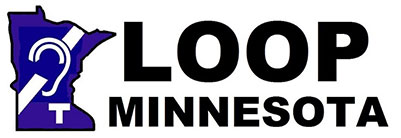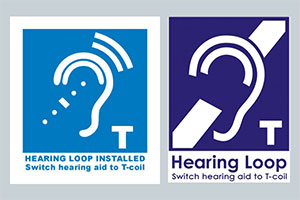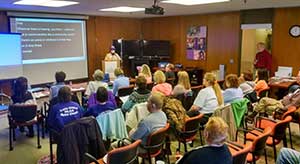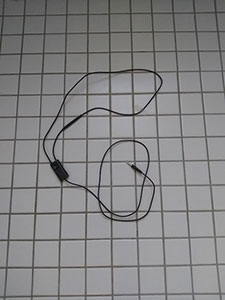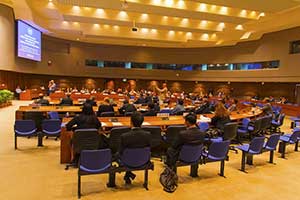
Improved hearing and understanding: A matter of communication access
Hearing loops and telecoils work together to help hearing-challenged people hear and understand speech more clearly and effortlessly, especially in loud places. Therefore, Advocacy for hearing loops and telecoils means standing up for communication access for those with hearing loss.
Yet, way too many people do not know about the advantages of these universal, non-proprietary communication systems – what they are or how they work. Advocacy can change this by educating and spreading the word to others with hearing loss as well as within the communities at large.
So what is advocacy?
Advocacy may simply mean standing up for oneself or speaking out on things that must be changed in some way. However, raising an issue and making a case on their own can be hard for people. Those with hearing loss may prefer to connect with groups that advocate for Hearing Loop systems as well as for assistive technology in general, such as Loop Minnesota.
Advocacy for Hearing Loops!
Hearing loops – also called Induction loops – can raise the SNR (Speech-to-Noise Ratio) to levels that hearing aids by themselves cannot do. Even with changing technology, loops are to this day the only means for connecting many people to the same sound source in large venues such as meeting rooms, churches, convention halls etc. Besides, they work the same way worldwide!
Hearing loops come in all sizes covering small rooms such as TV dens as well as whole arenas. Desk top or countertop versions are designed to ease communication for daily living. They make businesses accessible at customer service windows, check-out counters, bank teller windows etc.
The telecoil or T-coil connection
Hearing loops are accessed by means of wireless antennas, called telecoils or T-coils. They are located in most hearing aids, cochlear implants and in portable devices. In hearing instruments, the telecoils must be activated and tuned by the instrument specialist at the time of purchase and the client must be instructed in their use.
The telecoils tap into the magnetic energy field generated by an activated hearing loop. Background noise is greatly diminished or even eliminated. A speaker’s voice becomes clearer and listening less tiring.
And so, hearing loop and telecoil work together as a communication system. They are a team. One without the other is worthless. And this is why we must advocate for both.
Advocacy for telecoils!
Do you know if your hearing aids have telecoils? Were you ever told about them? Some States have a mandate that requires that patients be informed about the use of telecoils when they buy hearing instruments. Minnesota has an acoustics & hearing loop mandate but not a T-coil mandate. At least not yet.
And so, we must inspire our State audiology and HID (Hearing Instrument Dispenser) groups to inform clients about all of their communication options.
Also, hearing aid and cochlear implant manufacturers must be encouraged to keep installing telecoils in their instruments. Email, Tweet – whatever works.
In the end, it is up to us. In so many ways, improved access to communication rests with our hearing loss communities – what we need and want and for what we are willing to stand up.
Note: Any links to websites are for information and illustration only. Loop Minnesota does not favor one brand, manufacturer or distributor over others.
****
Also visit my website hearing-loss-talk.com where I post blogs on all sorts of issues concerning hearing loss.
